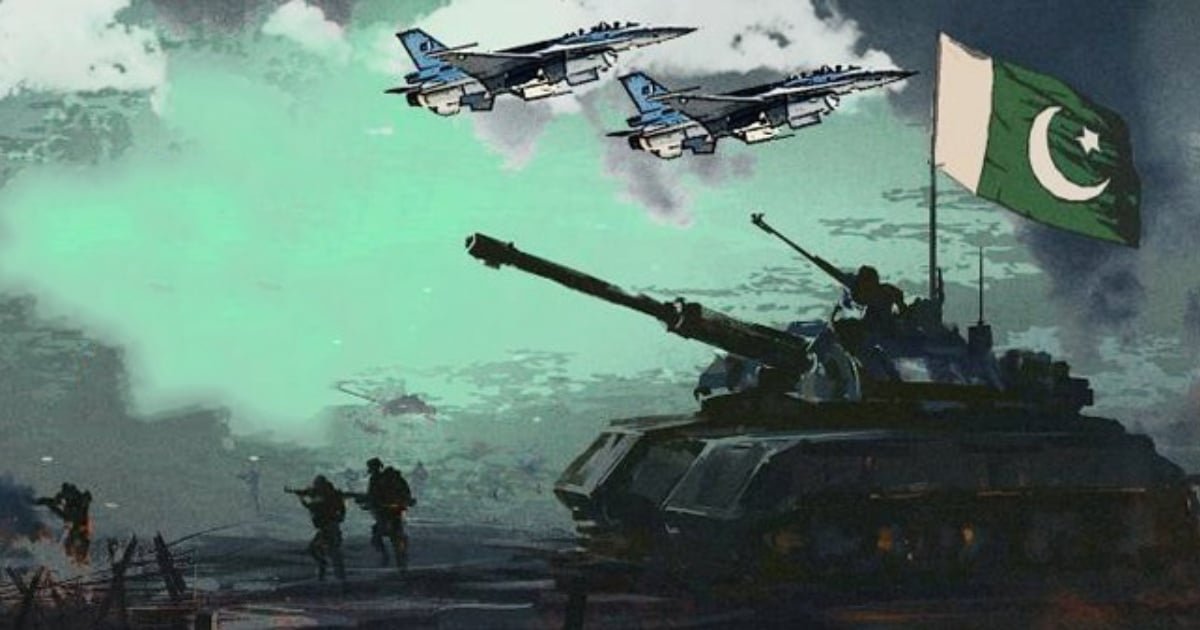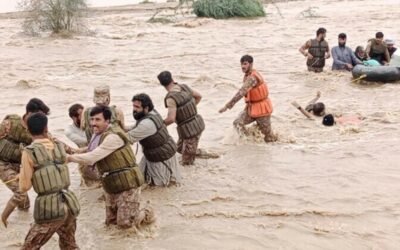Ever since its independence in 1947, Pakistan’s defense industry has made a dramatic shift from a non-existent entity to a major regional military manufacturing force. At the time of independence, the newly created state possessed almost negligible defense production capacity. It depended solely on inherited British hardware and imports. This reliance on foreign goods turned out to be damaging, especially after the 1965 and 1971 wars with India. These conflicts resulted in foreign arms embargoes. These confrontations served as a catalyst and pushed Pakistan towards self-reliance and developing a strong, domestic defense industrial base. Pakistan went through a conscious process of strategic alliances, technological indigenization, and a step-by-step development from simple small arms to advanced military equipment and platforms.
Early Years: From Scarcity to Self-Reliance (1947-1971)
When it came into existence, Pakistan had inherited little equipment and practically no industrial base to produce or repair it. Most of the British Indian Army’s industrial bases were in areas that fell in Indian territory. In an attempt to meet this important lack, Prime Minister Liaquat Ali Khan founded ‘Pakistan Ordnance Factories (POF)’ in Wah Cantonment in 1951. In collaboration with the British Royal Ordnance Factory, POF initially specialized in the manufacture of small arms and ammunition like the Lee-Enfield No. 4 rifle.
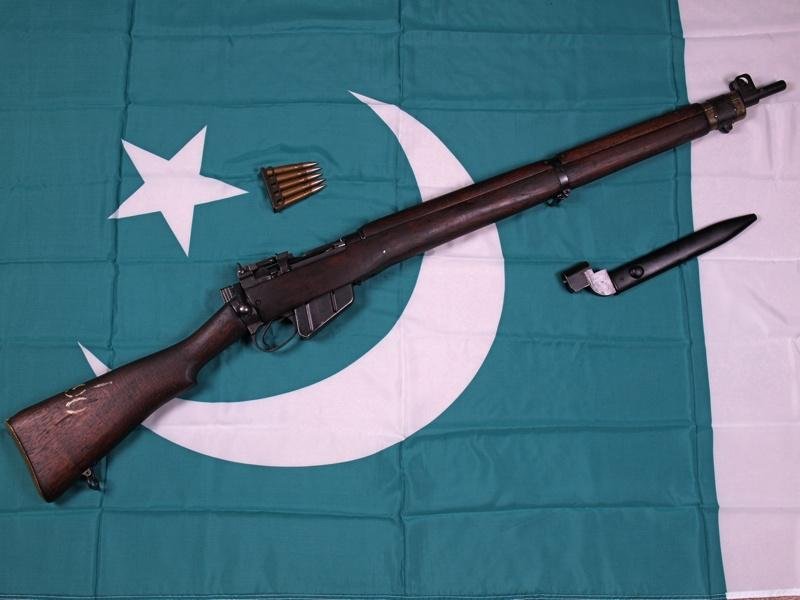
Source: milsurps
For most of this era, Pakistan’s defense policy relied heavily on foreign military aid. Its main sponsors were the United States due to its membership in SEATO and CENTO. This dependence proved to be damaging. The Indo-Pakistani War of 1965 and the resultant US arms embargo was a wake-up call. The sudden stoppage of supplies revealed the risk of external dependence and initiated a change in policy. Pakistan started looking for new allies, most importantly in its own neighbor, China. This state, which itself came into existence in 1948, would become a key partner in building up Pakistan’s defense industry. This period also witnessed the inauguration of the Karachi Shipyard and Engineering Works (KSEW), which initially dealt with civilian ships, marking the beginning of naval ship construction as well.
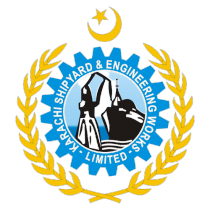
Source: KSEW
The Era of Indigenization and Strategic Growth (1972-2000)
Post-1971 events further strengthened national resolve for defense self-sufficiency. In 1972, the government established the Ministry of Defence Production (MoDP) to guide and harmonize the developing military industrial complex. This era saw major efforts towards reverse engineering and indigenous production of military equipment with assistance from China and, to a limited extent, European allies such as France. The result was the establishment of a number of important institutions that would constitute the core of the contemporary defense industry:
Pakistan Aeronautical Complex (PAC):
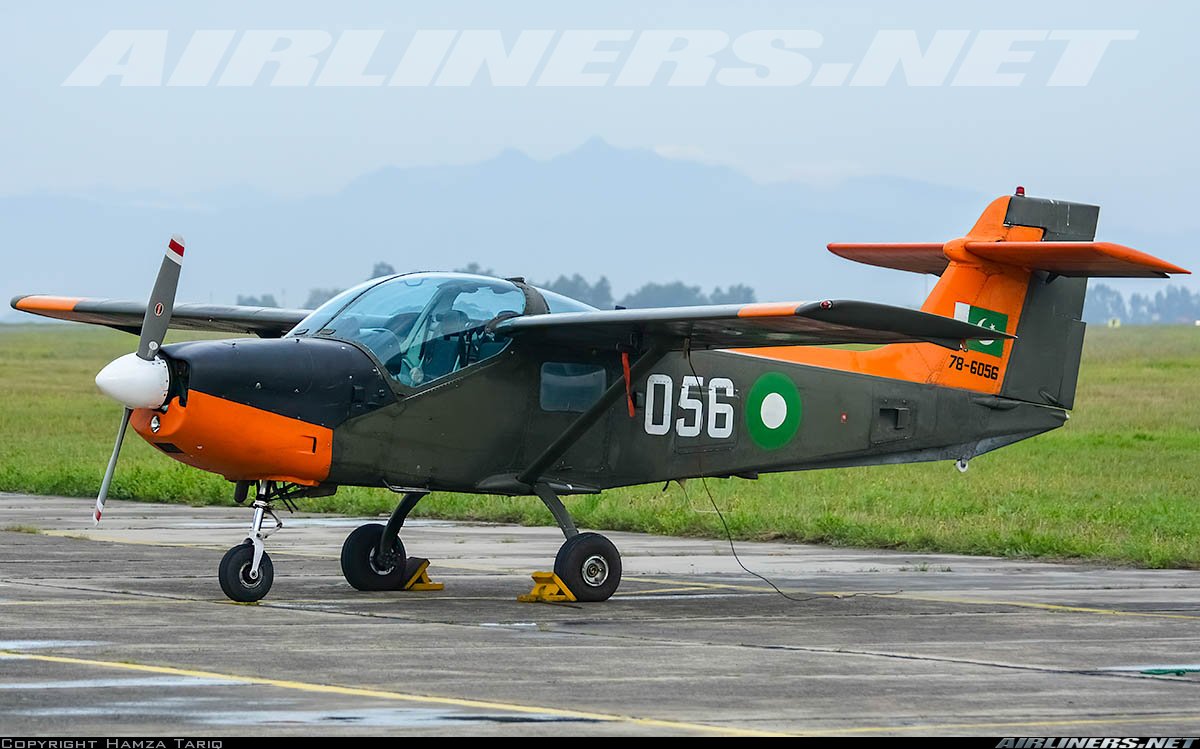
Source: airliners
Established in 1971, PAC started as a site for maintaining, repairing, and overhauling current aircraft, which included the Chinese F-6 and French Mirage fighter jets. PAC later evolved into a licensed manufacturer of trainer planes like the MFI-17 Mushshak and the K-8 Karakoram jet trainer with Chinese assistance.
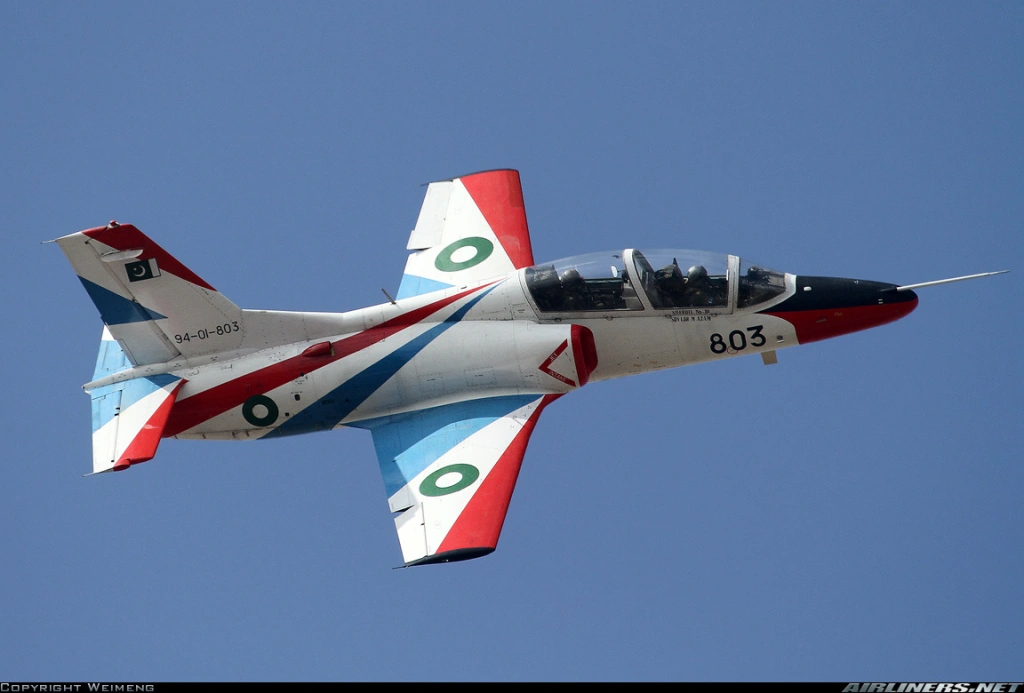
Source: Thai Military and Asian Region
Heavy Industries Taxila (HIT):
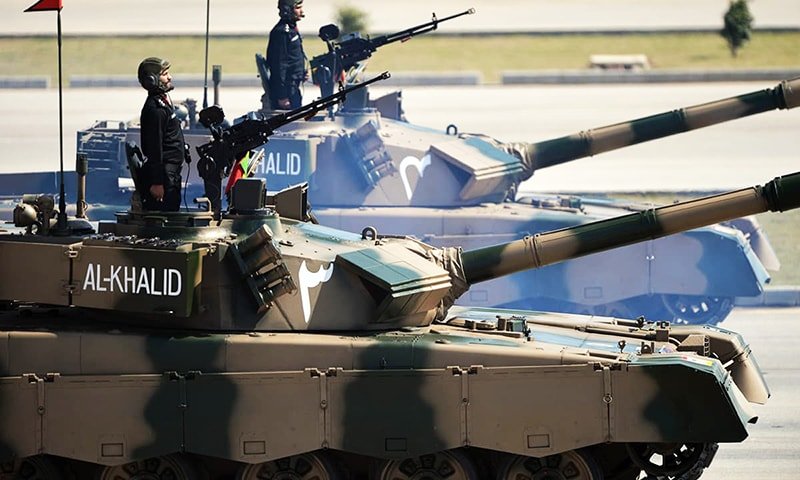
Source: Dawn
Founded in the 1970s, HIT was initially responsible for the production, rebuild, and overhaul of the Chinese T-59 tanks. It later advanced towards the manufacturing of its own Main Battle Tanks, which included the Al-Zarrar and the Al-Khalid. Al-Khalid was the product of a collaborative effort with China.
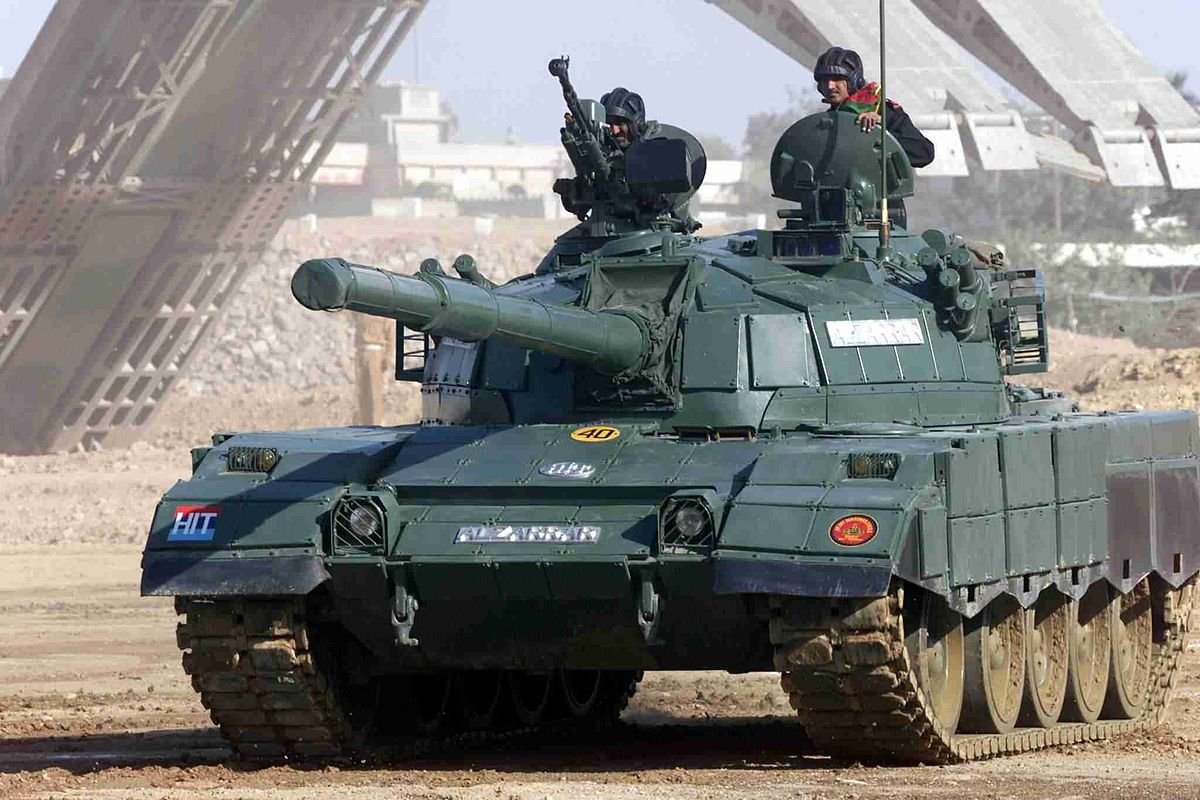
Source: Wikimedia
National Defence Complex (NDC):
The 1980s and 1990s saw the development of an indigenous missile program. The NDC, among others such as Khan Research Laboratories (KRL), started working on ballistic and cruise missiles. This program received a lot of attention and investment from governmental departments because it started as a counter-missile initiative to India’s missile program. The product was the Hatf series of ballistic missiles and later, the Ghauri and Shaheen missiles that marked a significant strategic success.
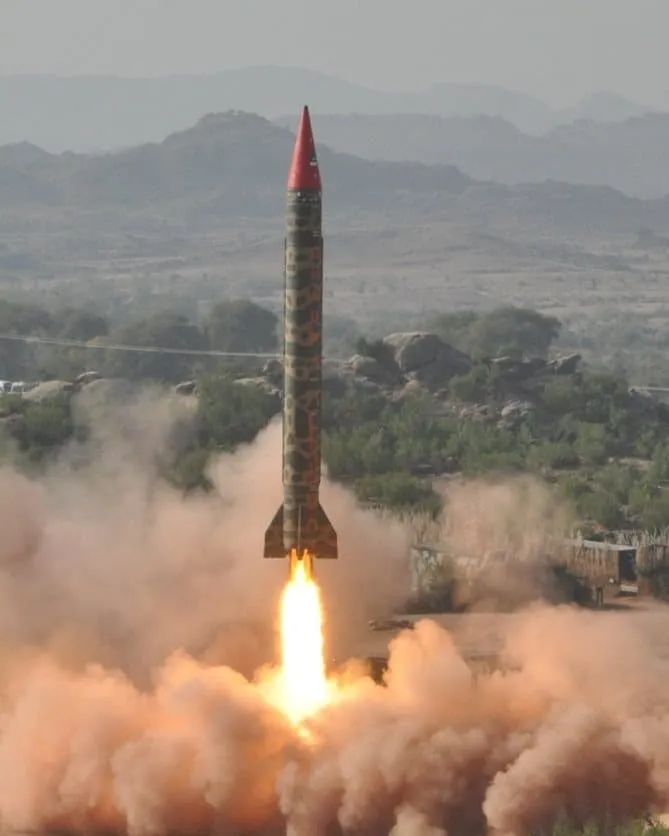
Source: missilethreat
The 1990s and early 2000s were also years of monumental achievements in naval capabilities. KSEW progressed from warship and submarine repair to actually building warships and submarines. The production license for the Agosta 90B submarine, which incorporated cutting-edge Air-Independent Propulsion (AIP) technology from France, was a notable achievement of this programme.
Modernization, Exports, and Joint Ventures (2001-Present)
The defense industry of Pakistan in the 21st century has changed its course from simple indigenization to intensive modernization, collaborative development, and an emphatic defense export drive. This decade is marked by several significant milestones and ongoing ventures for the Pakistan military industrial complex. One of the most notable achievements is the JF-17 Thunder fighter plane. The aircraft is a collaborative effort by the Pakistan Aeronautical Complex and China’s Chengdu Aircraft Industry Group. JF-17 is a multi-role combat fighter plane that has become the backbone of the PAF and saw great success in recent conflicts. Its success not only strengthened the air power of Pakistan but also made it an excellent export product, as it has been sold to Nigeria and Myanmar. Other achievements worth mentioning include:
Naval Shipbuilding:
KSEW has been able to construct several warships, including the PNS Moawin, which is an ammunition ship of large fleet tanker size. The programme entered its next phase of construction for next-generation Hangor-class submarines, with four of the eight ships being constructed locally. This is a big move towards acquiring full self-reliance in naval equipment.
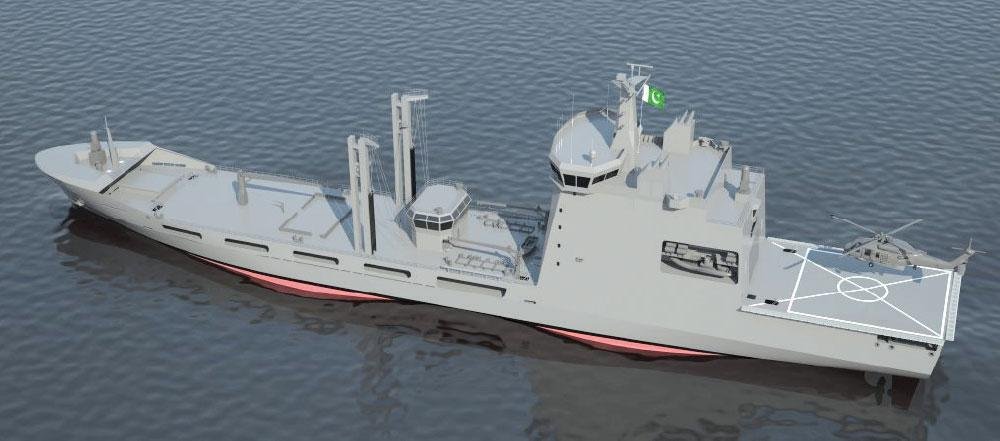
Source: defenceturkey
Missile Technology:
The missile program has made developments, including the creation of the Nasr, a tactical ballistic missile, as well as the Babur and Ra’ad cruise missiles, that have land, sea, and air launching platforms, respectively. The establishment of a credible nuclear delivery capability has been a driving force in this domain. The nuclear triad is almost complete.
You May Like Read: Pakistan’s Nuclear Arms Race and SUPARCO’s Scientific Leap
Small Arms and Ammunition:
POF has upgraded its facilities and diversified its products, and now covers a wide range of small arms, mortars, and artillery ammunition. It has emerged as a leading arms exporter in the global market.
Pakistan’s defense industry, despite its monumental development, requires attention in some areas. There is a need for greater investment in research and development. The reliance on foreign supply chains for certain high-tech components must be overcome. Pakistan’s trajectory, however, from almost zero capability in 1947 to designing and exporting sophisticated military hardware, is commendable. It is a testament to the nation’s unwavering commitment to achieving complete strategic autonomy.

